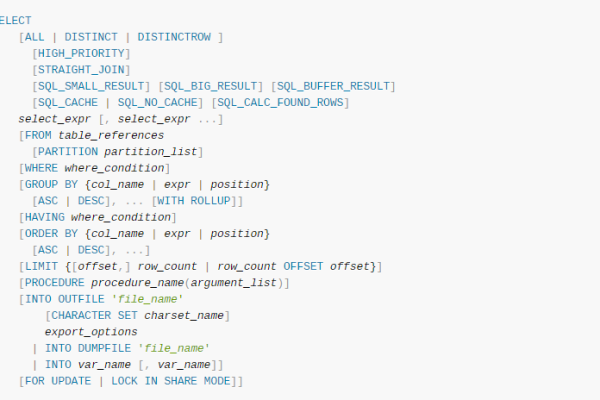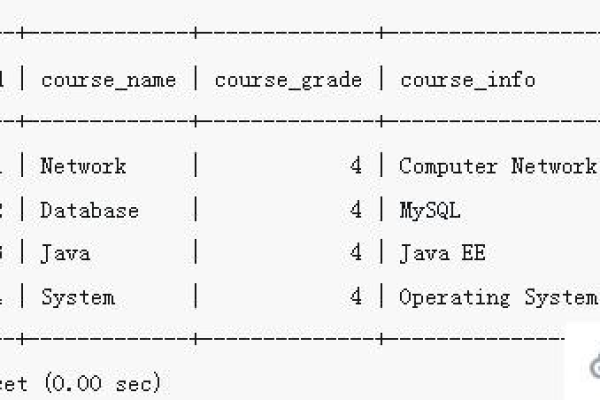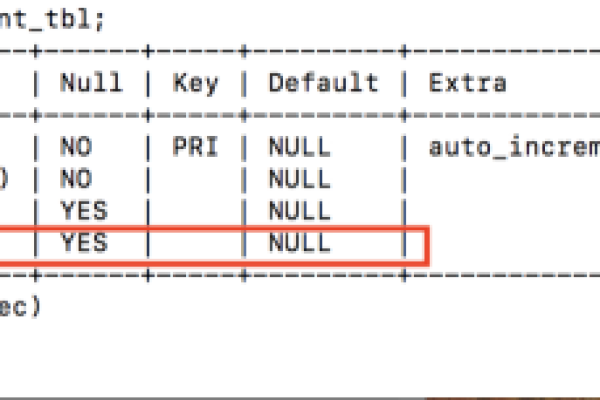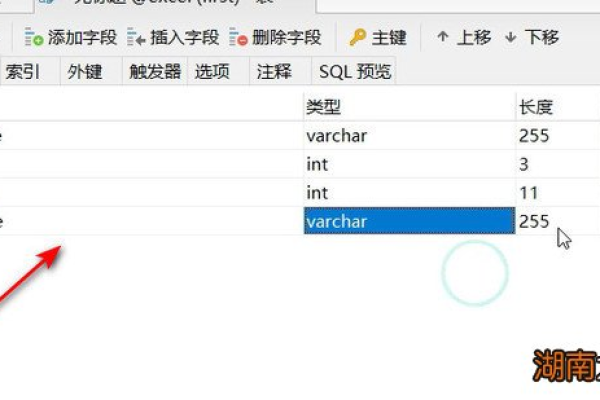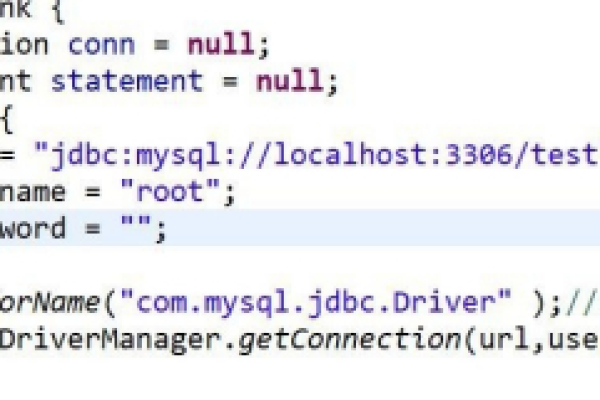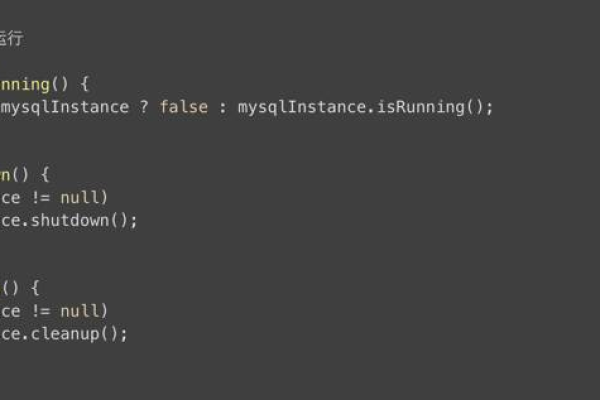如何在 MySQL 中更改列的注释?
- 行业动态
- 2024-10-09
- 3
ALTER TABLE语句和 MODIFY COLUMN子句来修改列注释。具体语法如下:,,“ sql,ALTER TABLE 表名 MODIFY COLUMN 列名 列类型 COMMENT '新的注释';,` ,,如果要将表students 中的列name 的注释修改为“学生姓名”,可以使用以下SQL语句:,,` sql,ALTER TABLE students MODIFY COLUMN name VARCHAR(50) COMMENT '学生姓名';,“
MySQL修改注释:修改列注释
在MySQL中,我们可以使用ALTER TABLE语句来修改表的结构和数据,包括修改列的注释,注释是对数据库对象(如表、列、索引等)的描述性信息,用于帮助用户理解这些对象的用途和功能,下面将详细介绍如何使用SQL语句修改列注释。
修改列注释的基本语法
要修改列的注释,可以使用以下基本语法:
ALTER TABLE table_name MODIFY COLUMN column_name column_type COMMENT 'new_comment';
table_name是要修改的表的名称。
column_name是要修改注释的列的名称。
column_type是该列的数据类型,保持不变。
'new_comment'是新的注释内容。
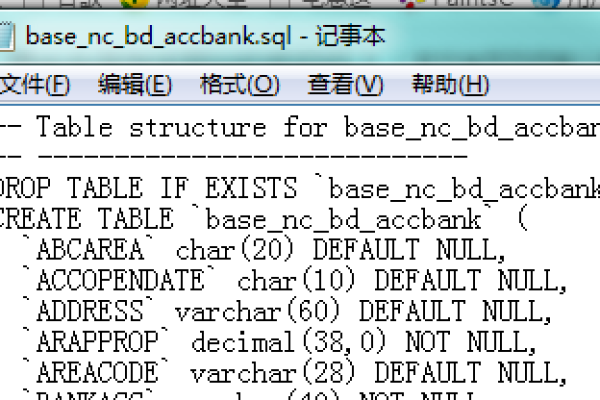
示例:修改列注释
假设我们有一个名为users的表,其中有一列名为email,其数据类型为VARCHAR(255),并且当前的注释为"User’s email address",现在我们想要将其注释修改为"用户的电子邮件地址",以下是相应的SQL语句:
ALTER TABLE users MODIFY COLUMN email VARCHAR(255) COMMENT '用户的电子邮件地址';
执行上述语句后,email列的注释将被更新为新的值。
注意事项
1、权限:修改表结构通常需要具有足够的权限,确保你有足够的权限来执行此操作。
2、备份:在进行任何数据库更改之前,建议先备份数据库以防止意外数据丢失。
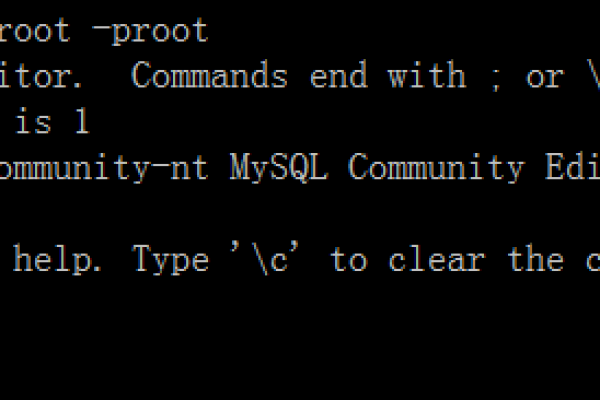
3、在线应用:如果你正在运行一个在线应用程序,可能需要在维护窗口期间进行此类更改,以避免对用户造成影响。
4、兼容性:不同的MySQL版本可能有不同的语法和行为,确保你的MySQL版本支持你想要使用的语法。
FAQs
Q1: 如何查看表中所有列的注释?
A1: 你可以使用以下查询来查看表中所有列的注释:
SELECT COLUMN_NAME, COLUMN_COMMENT FROM INFORMATION_SCHEMA.COLUMNS WHERE TABLE_NAME = 'your_table_name';
将your_table_name替换为你要查询的表名,这将返回一个结果集,列出了表中每个列的名称和对应的注释。
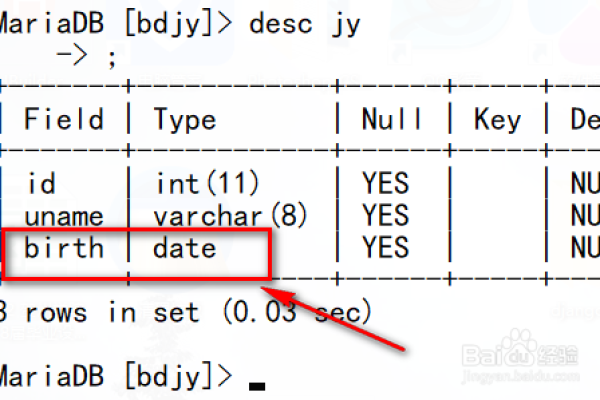
Q2: 如果我想删除某个列的注释,应该如何操作?
A2: 如果你想删除某个列的注释,可以使用以下语法:
ALTER TABLE table_name MODIFY COLUMN column_name column_type;
在这个例子中,不需要指定COMMENT关键字,因为默认情况下,当你不提供注释时,MySQL会自动删除该列的注释。
| 原始 SQL 命令 | 修改后的 SQL 命令 | 说明 |
| ALTER TABLE table_name MODIFY COLUMN column_name column_type; | ALTER TABLE table_name MODIFY COLUMN column_name column_type COMMENT ‘新注释’; | 修改列的数据类型的同时,添加或更新列的注释 |
| ALTER TABLE table_name MODIFY COLUMN column_name column_type; | ALTER TABLE table_name MODIFY COLUMN column_name column_type COMMENT ‘新注释’; | 仅修改列的注释,不改变数据类型 |
| COMMENT ON COLUMN table_name.column_name IS ‘原注释’; | COMMENT ON COLUMN table_name.column_name IS ‘新注释’; | 直接修改列的注释,不改变数据类型 |
| DESCRIBE table_name; | DESCRIBE table_name; | 查看当前列的注释(输出结果中包含COMMENT字段) |

